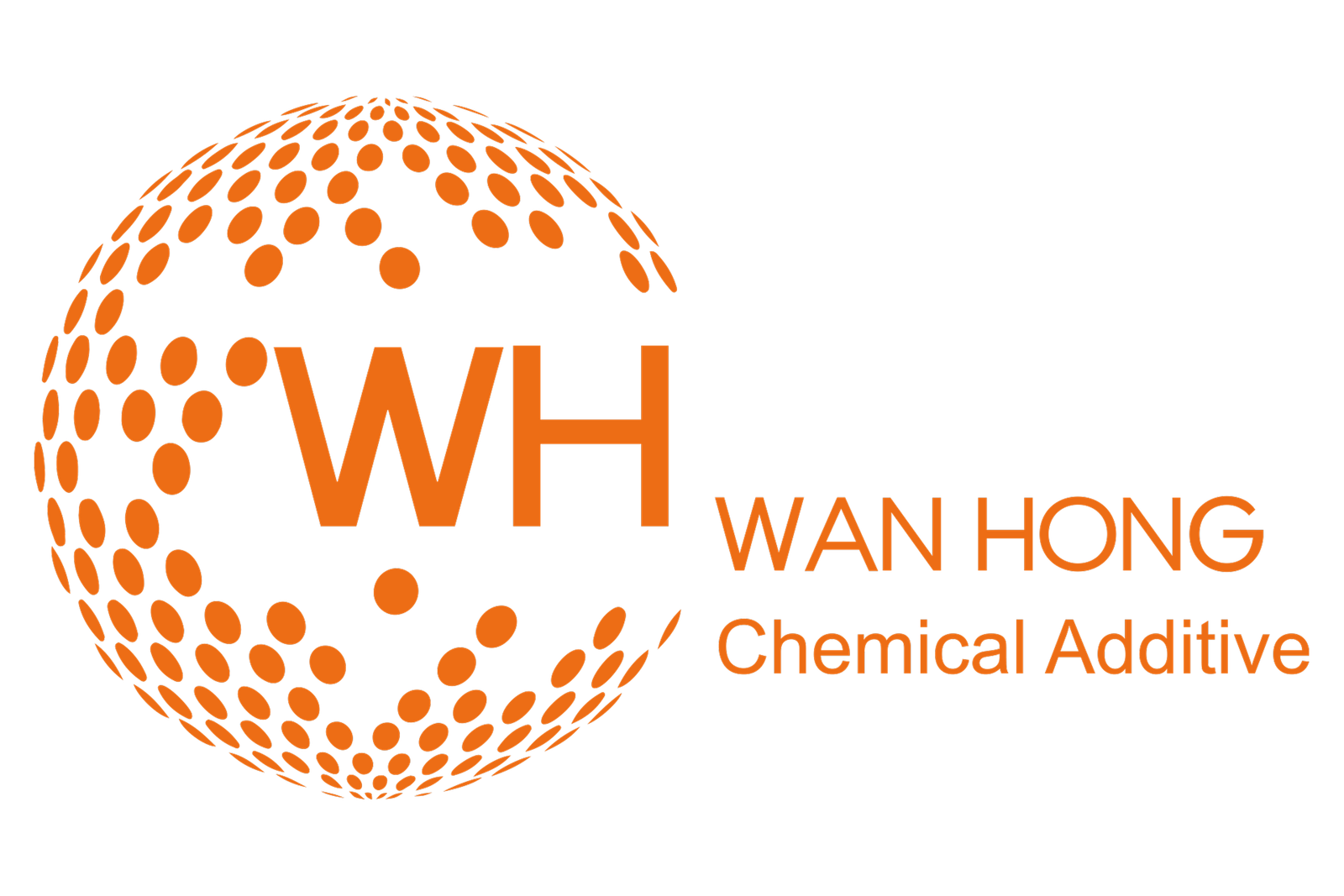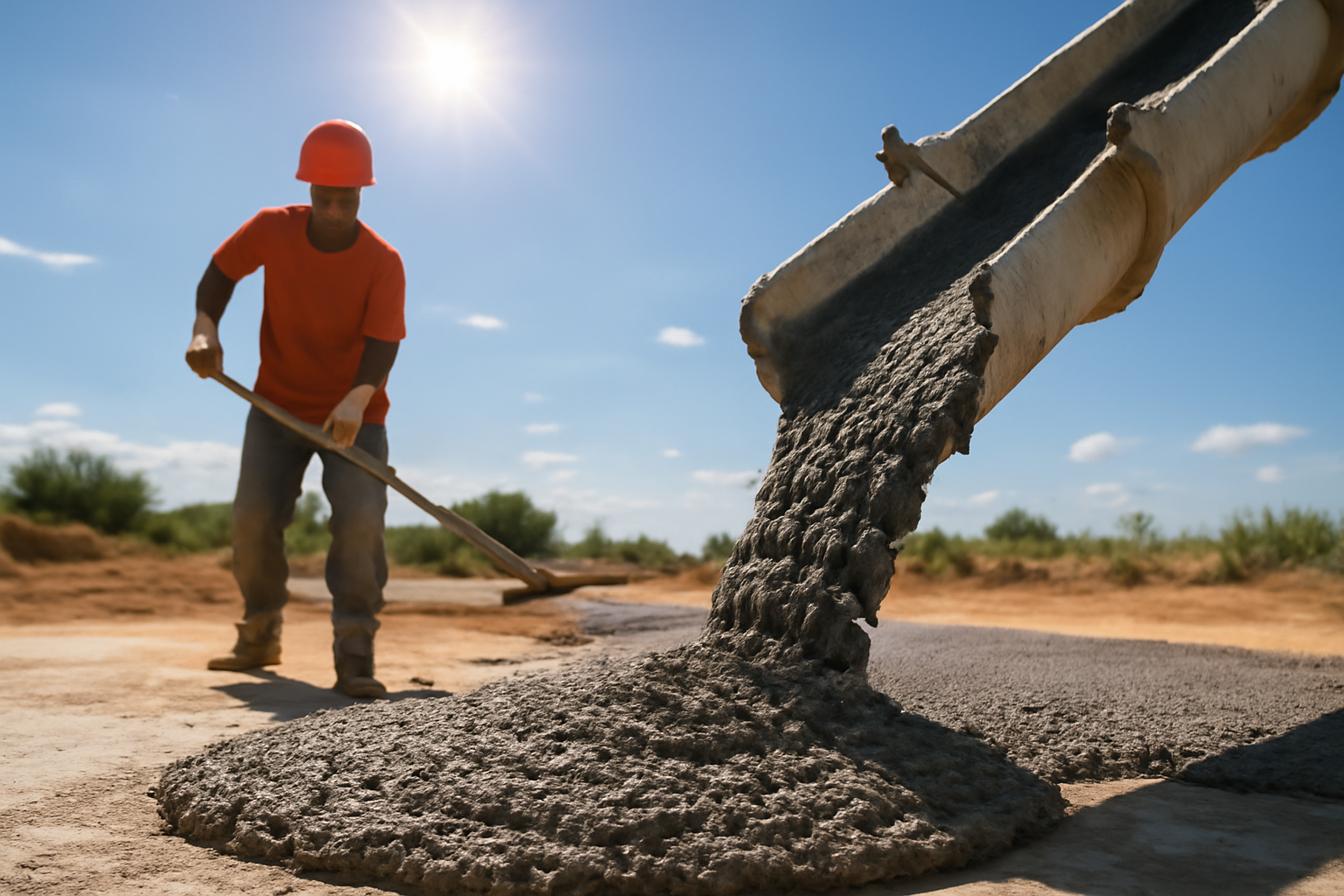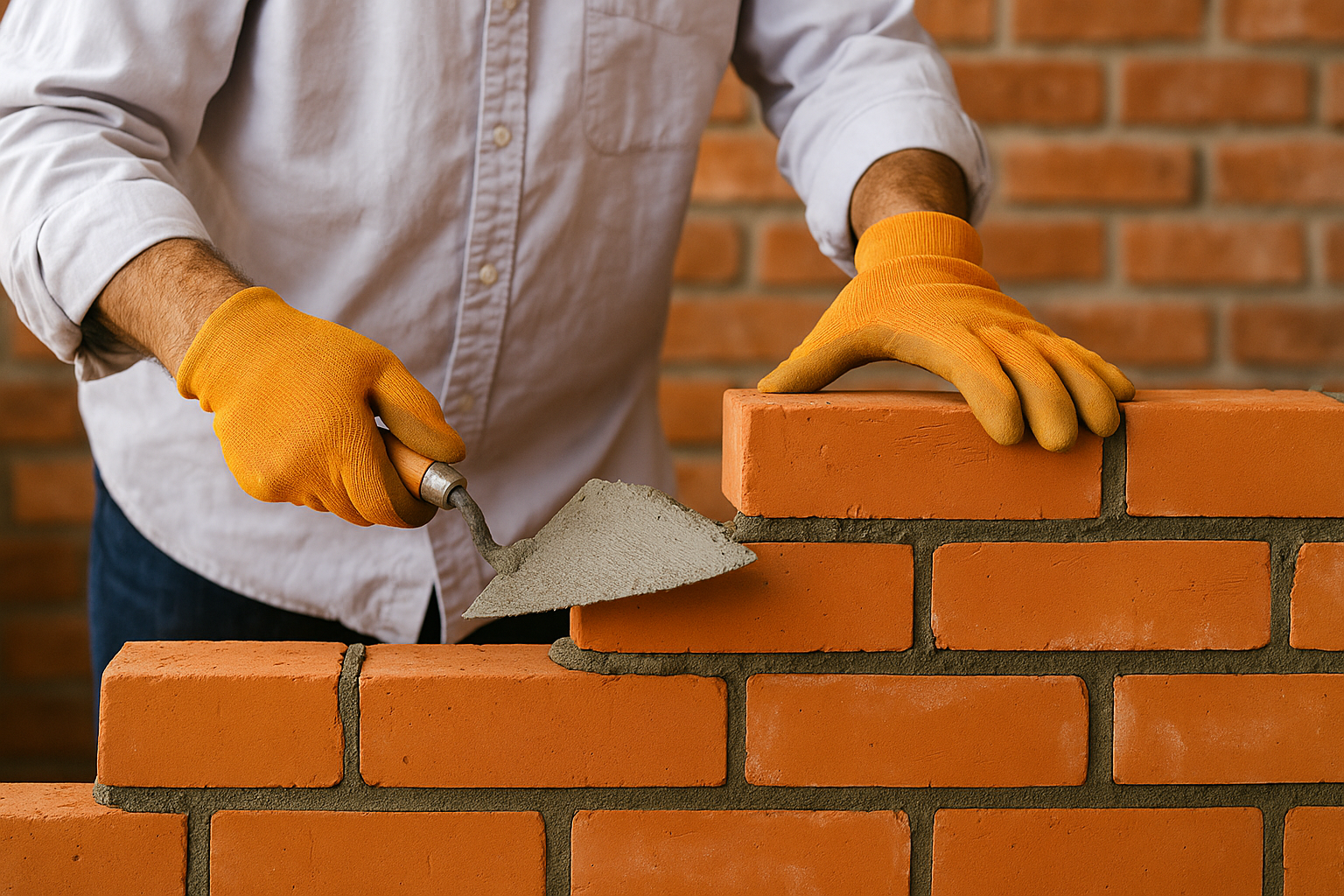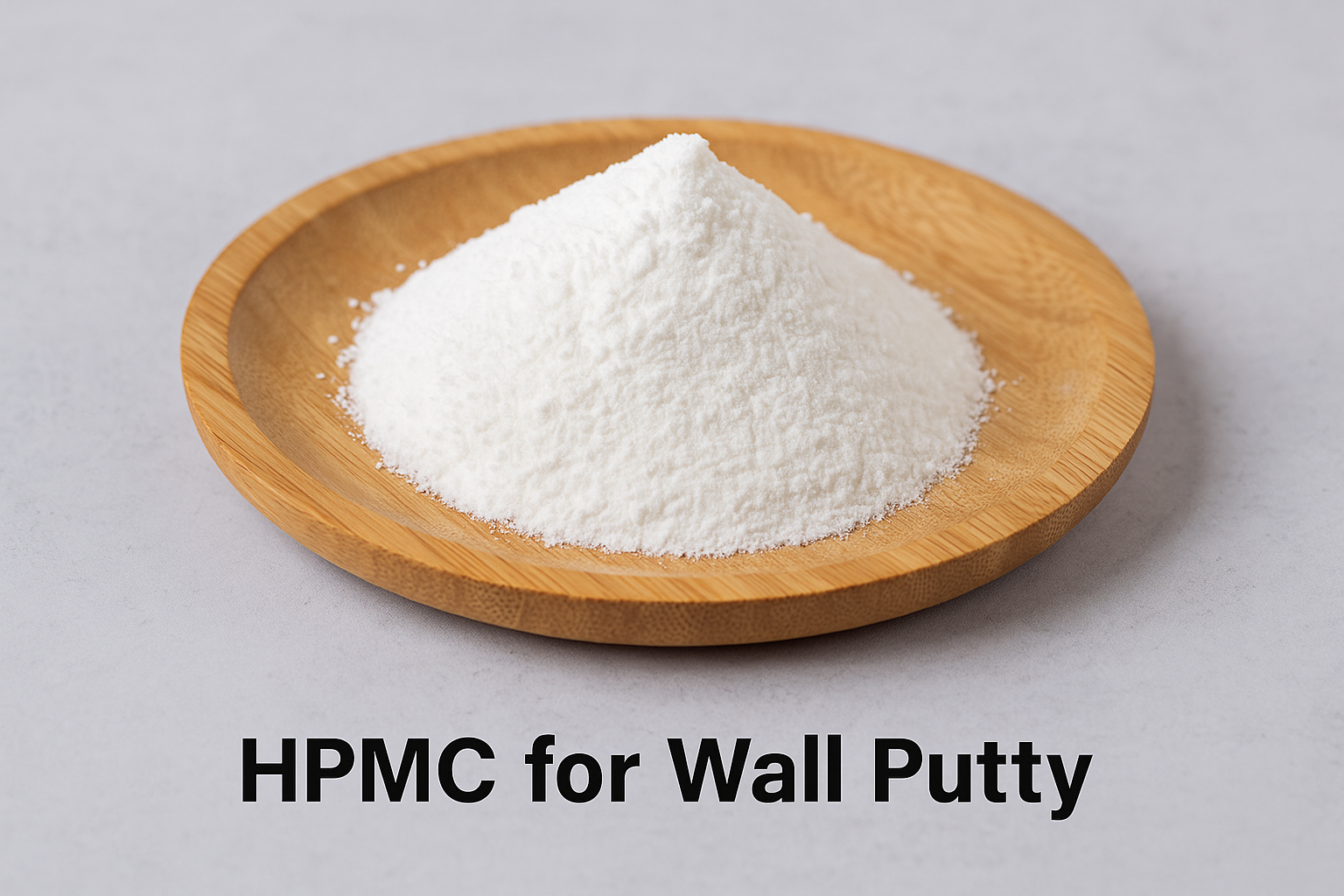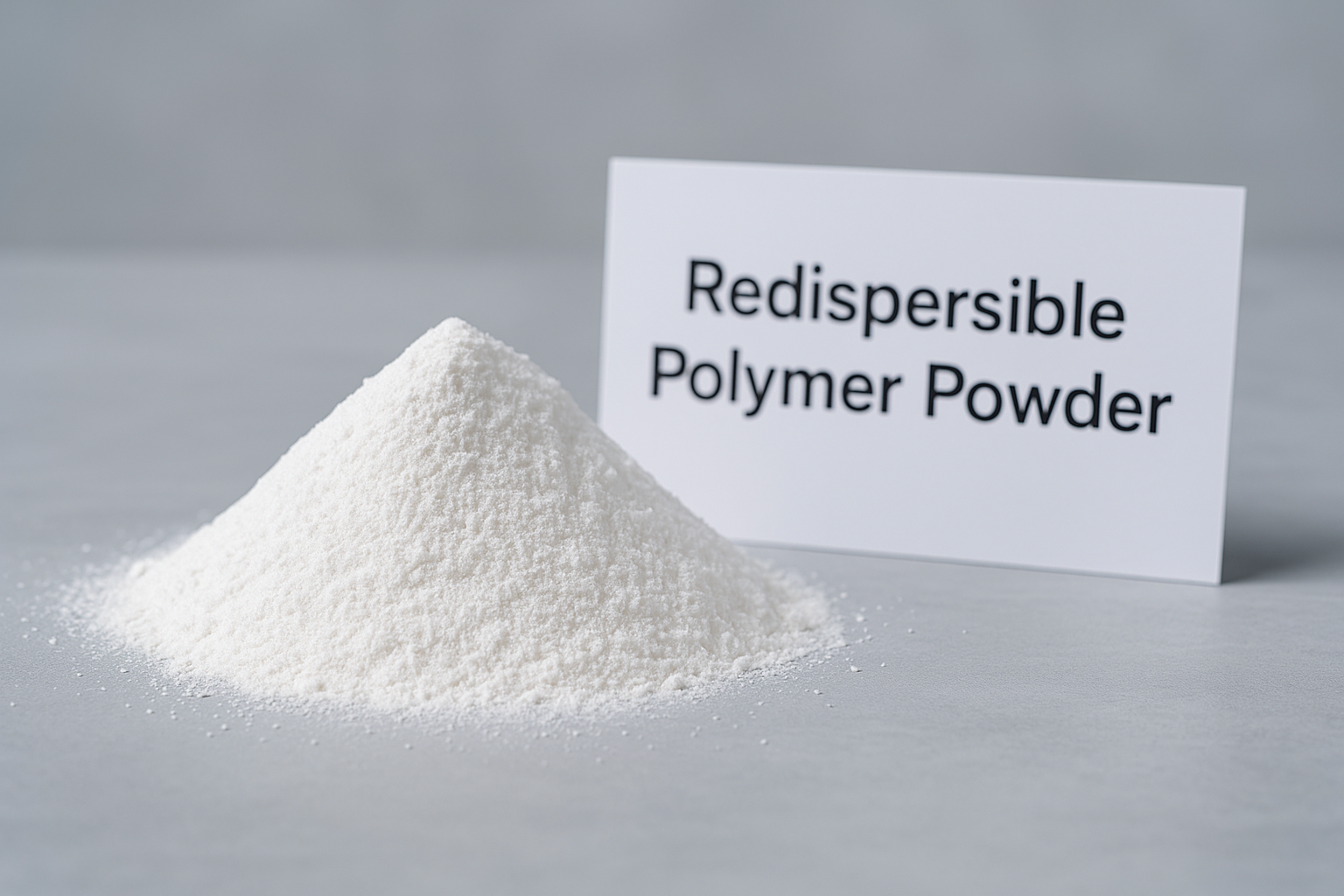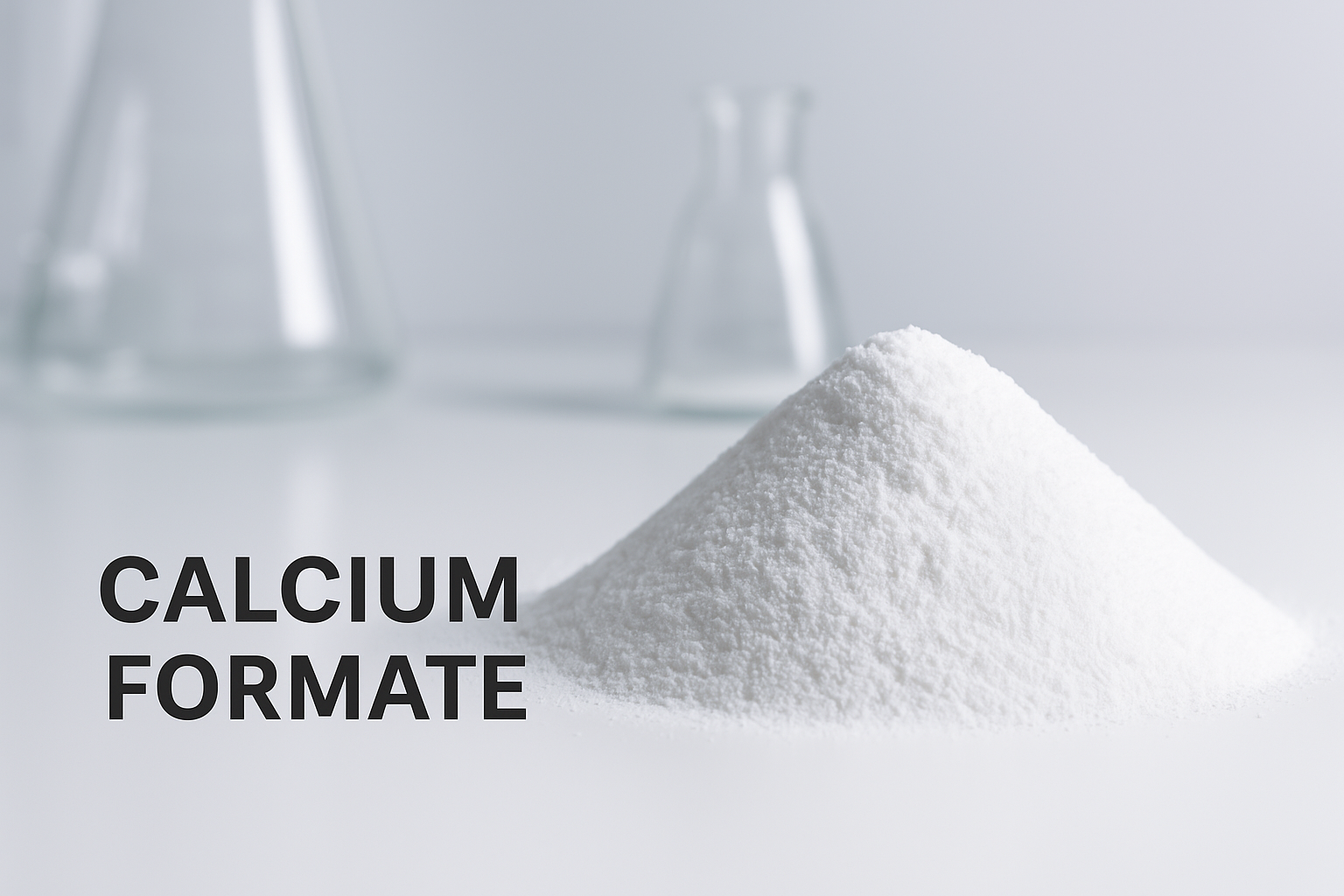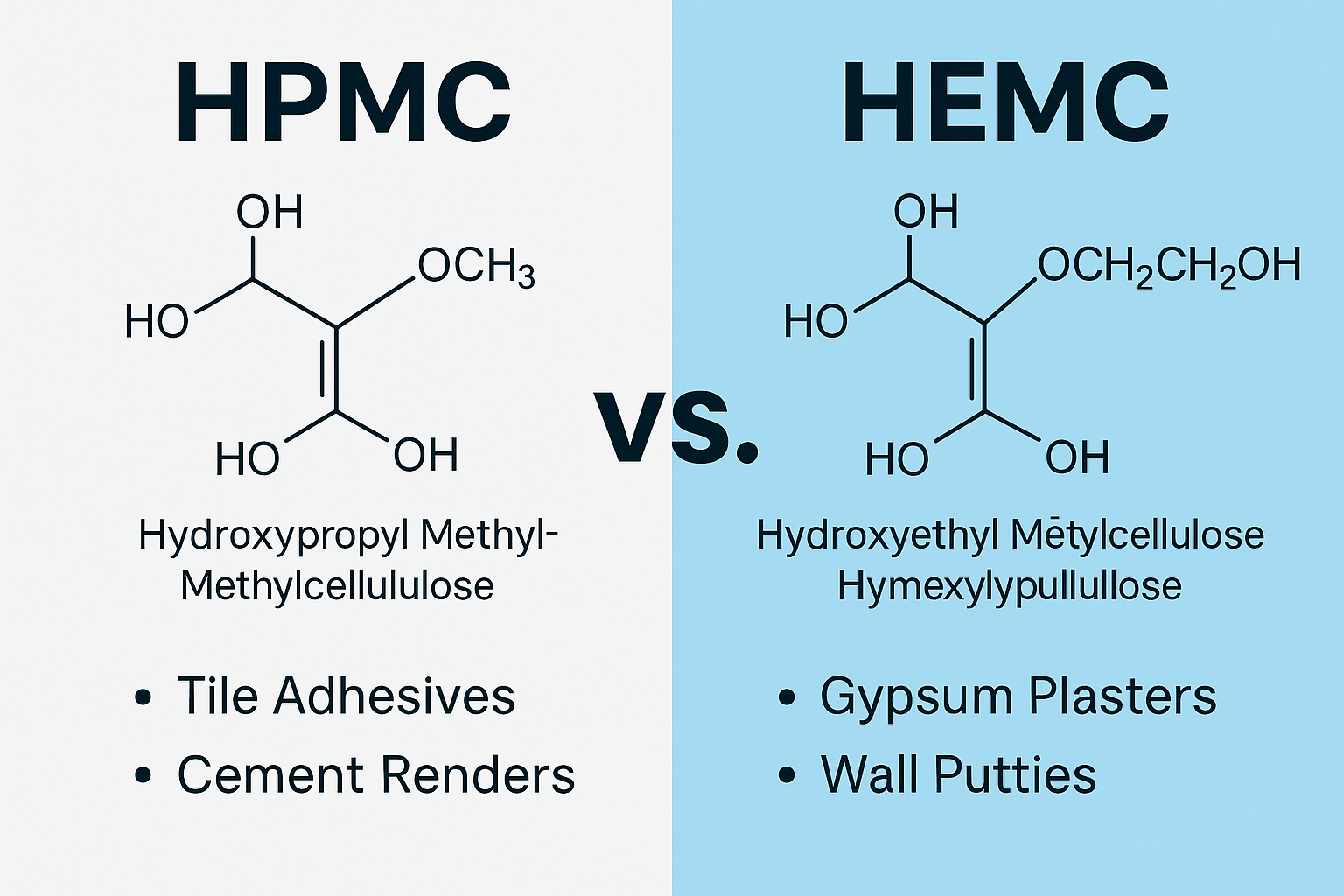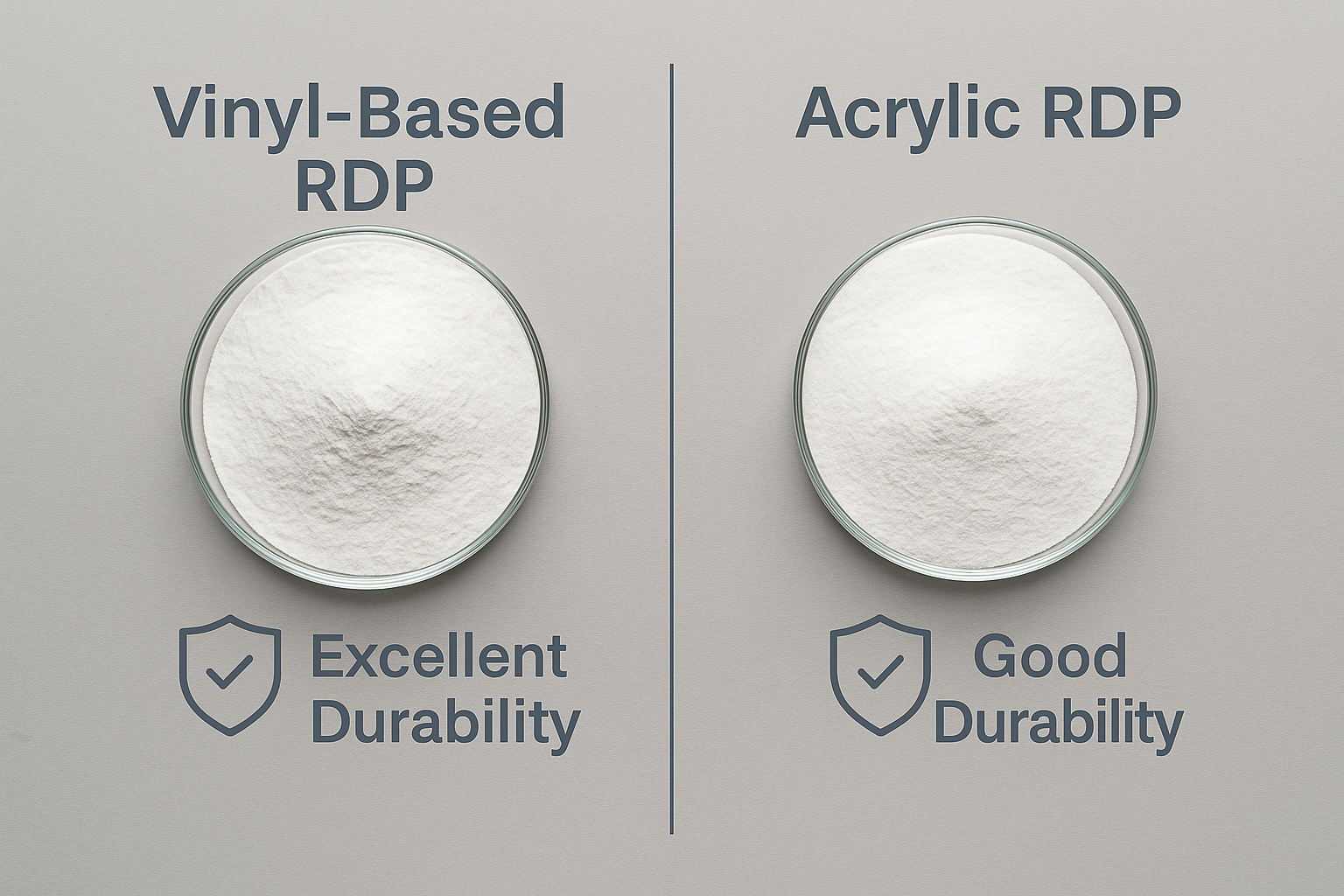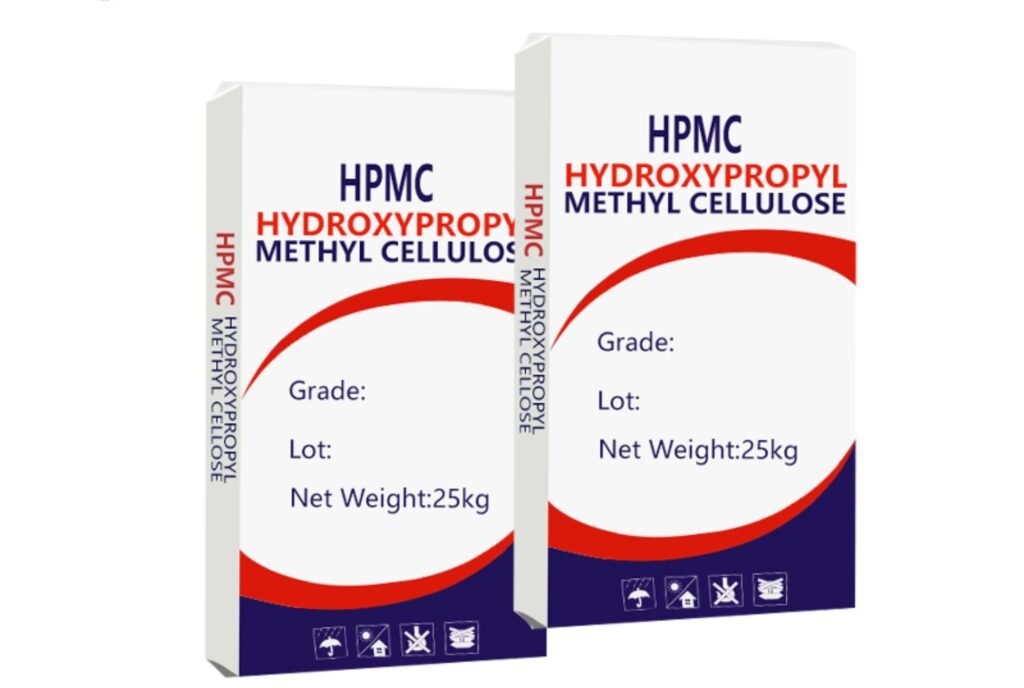Waiting for concrete to set in cold weather can delay your entire construction project. I've seen crews standing idle for days, burning through budget while nothing happens. Concrete accelerators offer a solution to this costly problem.
A concrete accelerator is an admixture that speeds up the chemical reaction between cement and water, reducing setting and hardening time. These additives allow concrete to gain strength faster, enabling earlier formwork removal, quicker surface finishing, and continued construction in cold weather conditions.
I remember working on a high-rise project in Dubai where we faced unexpected temperature drops. The concrete wasn't setting properly, threatening our tight schedule. That's when I truly understood the value of accelerators in concrete. Let me share what I've learned about these essential admixtures.
What does an Accelerator do in Concrete?
Your concrete won't set in freezing temperatures, costing you time and money. Without proper curing, structural integrity could be compromised, leading to cracks, reduced durability, and potential project delays.
Concrete accelerators boost early-stage hydration reactions by promoting faster chemical reactions between cement particles and water. They increase the rate of heat generation during setting, allow for quicker finishing, reduce waiting time before applying loads, and enable cold weather construction by lowering the freezing point.
Accelerators work by modifying the dissolution rate of cement compounds or by catalyzing the formation of calcium silicate hydrate (CSH) gel1—the primary strength-giving component in concrete. The effectiveness depends on several factors, including cement type, water-cement ratio, and environmental conditions.
When used properly, accelerators can reduce setting time by 1-3 hours and significantly increase early strength development. For instance, concrete that would normally reach 10% of its design strength in 24 hours might reach 30-40% in the same timeframe with an appropriate accelerator. This allows construction teams to remove formwork earlier, continue building in cold weather, and meet tight project deadlines.
I always remind my team that accelerators don't increase the ultimate strength of concrete; they simply help it reach its strength faster. This distinction is crucial for making informed decisions about when and how to use these admixtures.
Concrete Accelerators Types?
Selecting the wrong accelerator type could damage your concrete's long-term durability. Without understanding the different options, you risk decreased final strength, increased shrinkage, and potentially dangerous corrosion issues.
There are three main types of concrete accelerators: chloride-based (calcium chloride), non-chloride (sodium nitrate, calcium nitrite, triethanolamine), and newer alkali-free formulations. Chloride-based accelerators are most economical but can cause corrosion, while non-chloride and alkali-free options offer safer alternatives for reinforced concrete.
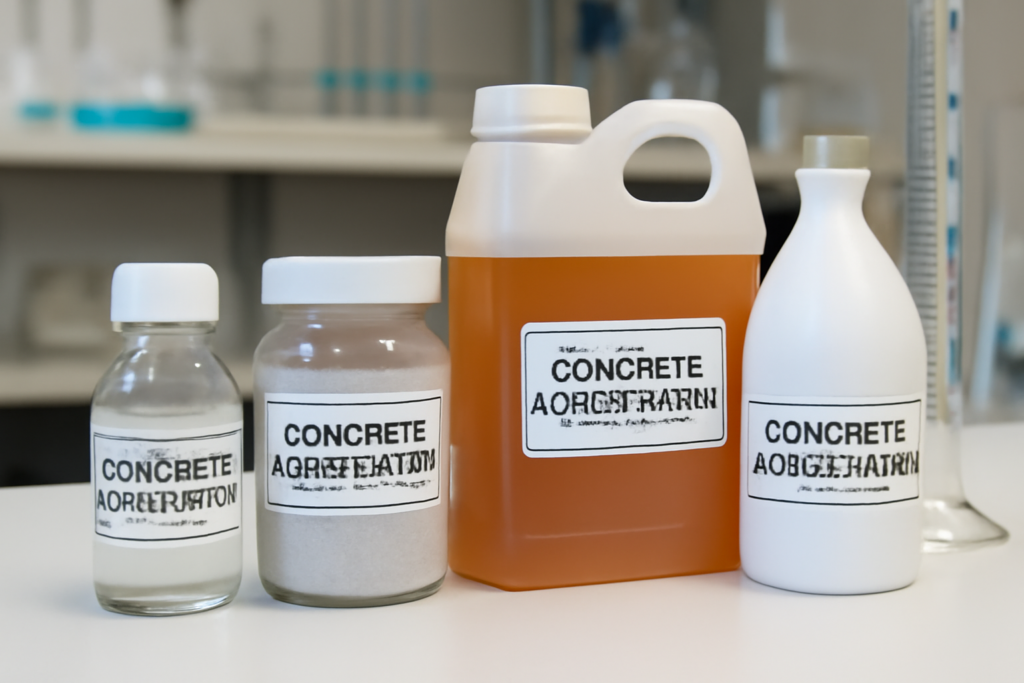
Diving deeper into accelerator types reveals important considerations for various applications. I've used all three major categories in different projects, and the selection process always involves weighing factors like cost, performance requirements, and potential long-term effects.
Chloride-based Accelerators
Calcium chloride remains the most widely used accelerator globally due to its effectiveness and low cost. It typically reduces setting time by 30-40% and significantly boosts early strength development. However, its corrosive properties make it unsuitable for reinforced concrete, prestressed concrete, or structures exposed to sulfates or seawater.
Non-chloride Accelerators
These accelerators provide a safer alternative where corrosion is a concern. Calcium nitrite not only accelerates setting but also acts as a corrosion inhibitor, offering dual benefits. Triethanolamine works well with portland cement but may be less effective with blended cements. These options typically cost 2-3 times more than calcium chloride.
Alkali-free Accelerators
These modern formulations are particularly important for shotcrete applications, where high early strength is crucial. They contain neither chlorides nor alkalis, minimizing environmental impact and reducing health risks for workers. While most expensive, they provide the safest option for specialized applications like tunnel linings and slope stabilization.
| Accelerator Type | Main Compounds | Advantages | Disadvantages | Best Applications |
|---|---|---|---|---|
| Chloride-based | Calcium chloride | Cost-effective, highly efficient | Causes corrosion, may reduce final strength | Plain concrete, non-reinforced structures |
| Non-chloride | Calcium nitrite, sodium nitrate | No corrosion risk, good performance | More expensive, may affect workability | Reinforced concrete, marine structures |
| Alkali-free | Aluminum sulfate compounds | Safe for workers, environmentally friendly | Highest cost, requires precise dosage | Shotcrete, tunneling, critical applications |
Examples of Concrete Accelerators?
Your project might fail if you choose the wrong concrete accelerator product. Without knowing the specific options available, you risk compatibility issues with other admixtures and potentially wasted materials.
Common concrete accelerators include calcium chloride (traditional, economical), calcium nitrite (corrosion-inhibiting), sodium silicate (for shotcrete), triethanolamine (for precast applications), and proprietary blends from manufacturers like Sika, BASF, and Mapei that combine multiple chemicals for optimized performance in specific conditions.
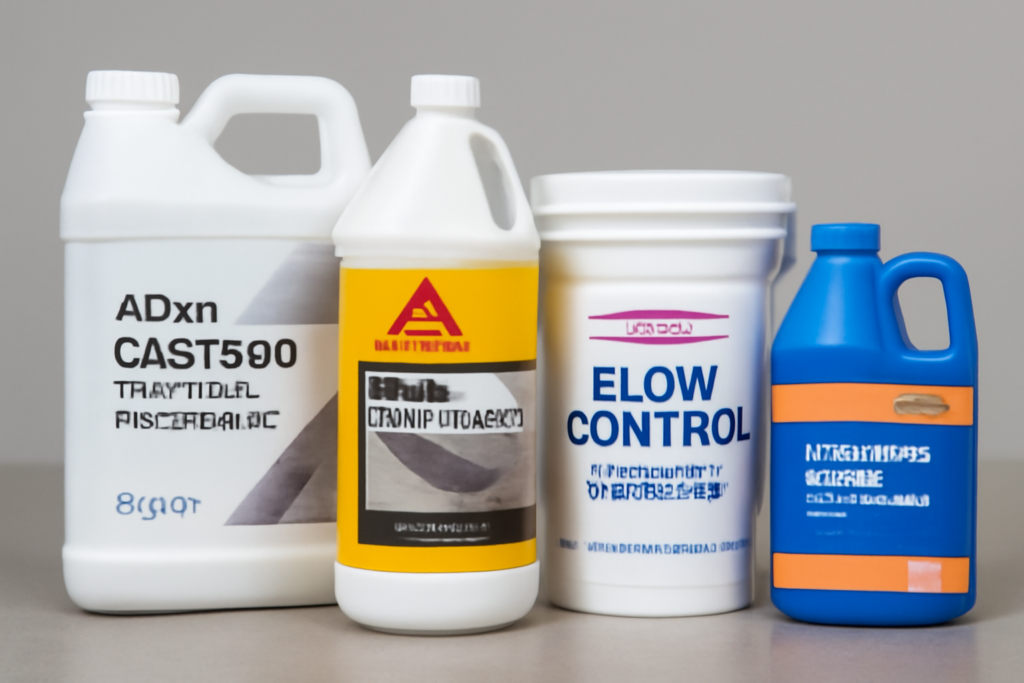
In my experience working with various projects across different climates, I've found that selecting the right commercial accelerator product depends greatly on both project requirements and regional availability. Let me share some insights on specific products and their real-world applications.
Calcium chloride flakes or solutions (typically 30-40% concentration) remain the industry standard for non-reinforced concrete. At a dosage of 1-2% by weight of cement, they can reduce setting time by up to 60% in cold weather. I once used this on a plain concrete foundation in winter, allowing us to proceed with framing the next day instead of waiting several days.
For reinforced structures, calcium nitrite-based products like Euclid Chemical's Eucon CIA or GCP Applied Technologies' DCI serve dual purposes - accelerating strength gain while protecting reinforcement from corrosion. These products are particularly valuable in bridge decks and marine structures where salt exposure is a concern.
In tunneling and underground construction, alkali-free accelerators such as Sika's Sigunit and BASF's MasterRoc SA series have revolutionized shotcrete applications. These products enable instant set of sprayed concrete, allowing for overhead and vertical applications without slumping. During a tunnel stabilization project, we achieved 5-10 MPa compressive strength within hours using these products.
For precast concrete manufacturing, where production speed is critical, specialized products like Mapei's Mapefast Ultra or GCP's Daraset provide predictable acceleration without compromising durability. These products have helped precast facilities reduce turnover time for forms from 24 hours to as little as 8-10 hours.
Recent innovations include powdered accelerators that can be added directly to dry-mix concrete bags, providing convenience for smaller jobs and repairs. These products have made cold-weather concrete work more accessible for smaller contractors and DIY enthusiasts.
Advantages of Accelerators in Concrete?
Overlooking accelerators could leave your winter construction project stalled for months. Without these additives, cold weather can prevent proper setting, leading to weak concrete and costly delays.
Concrete accelerators provide crucial benefits including: reduced setting time by 1-3 hours, enabling cold weather concreting (down to -5°C/23°F), earlier formwork removal to speed construction schedules, faster surface finishing, quicker strength development for earlier load application, and reduced curing time for precast elements.
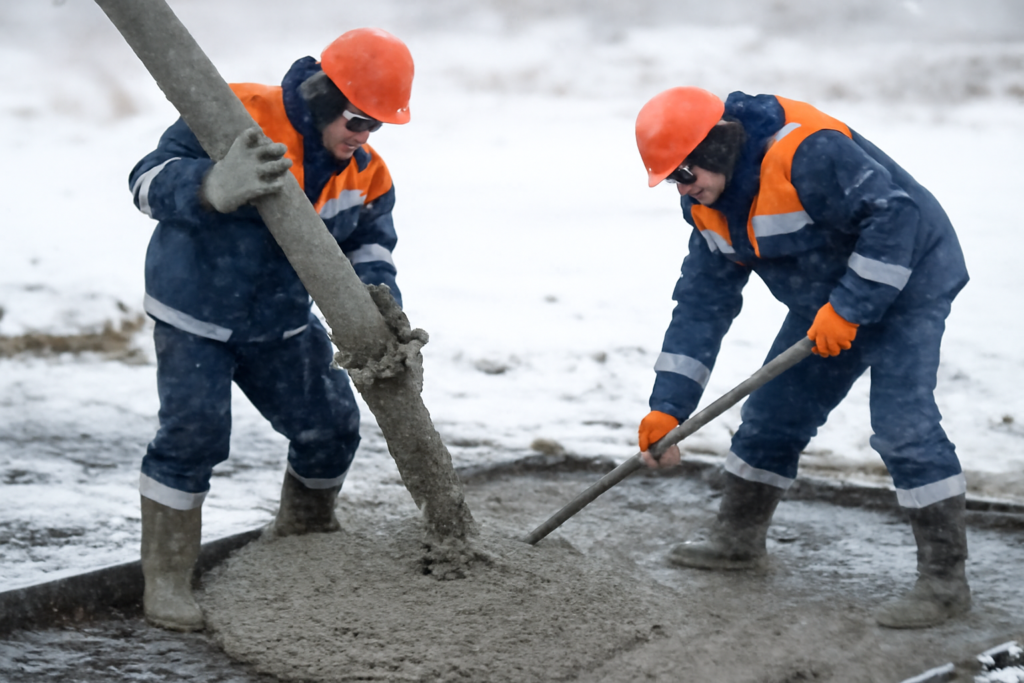
The advantages of concrete accelerators extend far beyond simply making concrete set faster. In my experience managing construction projects across diverse climates, I've witnessed how these admixtures can transform construction processes and solve seemingly impossible challenges.
Economic benefits often justify the additional material cost. By reducing formwork rental periods by 30-50%, accelerators can generate significant savings on larger projects. On a high-rise building I managed, we saved approximately $12,000 per floor by reducing formwork rental time from 7 days to 4 days using appropriate accelerators.
From a scheduling perspective, accelerators can compress critical path activities. Consider a typical concrete slab that requires 7 days before subsequent tasks can begin - with accelerators, this waiting period can be reduced to 3-4 days, potentially shortening overall project timelines by weeks or even months.
Safety improvements are another significant advantage. By achieving target strength faster, structures become self-supporting more quickly, reducing the risk of formwork failures or collapses. This is particularly important in seismically active regions or during unpredictable weather conditions.
Energy savings during cold weather concreting shouldn't be overlooked. Without accelerators, contractors must rely on expensive heating methods (enclosures, heaters, insulating blankets) for extended periods. Accelerators reduce these heating requirements, lowering both costs and environmental impact.
For infrastructure repairs where traffic disruption must be minimized, accelerators enable "weekend warrior" projects where roads or bridges can be reopened to traffic within 24-48 hours instead of the typical 7+ days. I've seen critical highway repairs completed overnight using rapid-setting concrete with accelerators, avoiding weeks of traffic congestion.
Which is the Best Accelerator for Concrete?
Choosing an inappropriate accelerator might damage your reinforced concrete structure. Without proper selection, you risk steel corrosion, reduced long-term strength, or incompatibility with other admixtures in your mix.
The best concrete accelerator depends on your specific application: calcium chloride for non-reinforced concrete where cost matters; calcium nitrite for reinforced structures exposed to corrosive environments; alkali-free formulations for shotcrete applications; and specialized products for precast concrete requiring rapid form turnover.
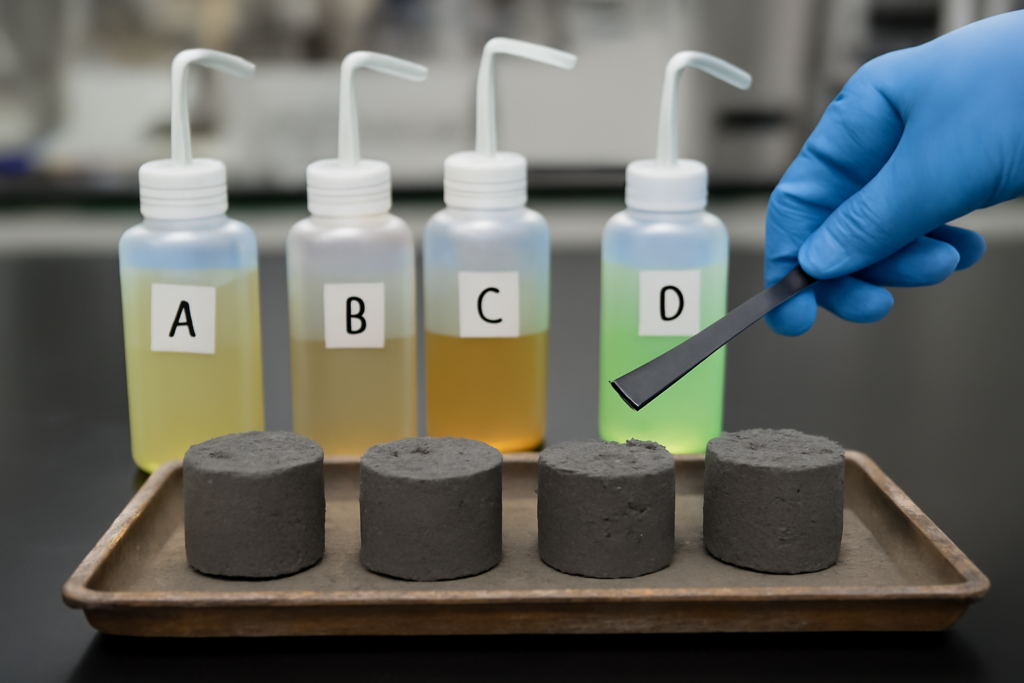
Selecting the optimal accelerator involves a careful analysis of project requirements, environmental conditions, and concrete mix design. Throughout my career overseeing large-scale construction projects, I've developed a systematic approach to accelerator selection that considers multiple factors.
For general construction in cold weather with non-reinforced concrete, calcium chloride remains unmatched in terms of cost-effectiveness and performance. At approximately $0.30-0.50 per pound, it adds minimal cost to concrete while providing substantial benefits. However, its corrosive nature makes it completely unsuitable for reinforced structures.
For critical infrastructure like bridges and parking structures where reinforcement corrosion would be catastrophic, calcium nitrite-based accelerators (though 3-5 times more expensive) provide the best balance of performance and protection. These products not only accelerate setting but create a passive protective layer around reinforcement.
In tunneling and mining applications, where workers' safety depends on rapid stabilization of newly exposed surfaces, alkali-free accelerators justify their premium price (up to 10 times more than basic accelerators). Their ability to provide instant set when sprayed allows for overhead application without fallout, protecting workers and equipment.
Temperature conditions should heavily influence your selection. Some accelerators perform optimally between -5°C and 10°C (23°F-50°F), while others maintain effectiveness down to -10°C (14°F) or lower. For extremely cold conditions, combining accelerators with hot water and insulation provides the best results.
Compatibility with supplementary cementitious materials is another critical factor. Fly ash and slag cement typically slow setting time, requiring different accelerator dosages or formulations. In my experience, some accelerators that work well with ordinary portland cement perform poorly with high-volume fly ash mixes, necessitating specialized products.
The following decision matrix can help guide selection:
| Project Type | Environmental Exposure | Temperature Range | Recommended Accelerator Type |
|---|---|---|---|
| Plain concrete flatwork | Non-corrosive | -5°C to 10°C | Calcium chloride |
| Reinforced structural elements | Potential salt exposure | -5°C to 5°C | Calcium nitrite-based |
| Bridge decks, marine structures | Highly corrosive | Any temperature | Corrosion-inhibiting non-chloride |
| Tunnel linings, mining support | Underground, potentially wet | Any temperature | Alkali-free shotcrete accelerators |
| Precast concrete elements | Factory conditions | Controlled environment | Specialized precast accelerators |
| Emergency repairs | Any | Any temperature | Ultra-rapid hardening systems |
When Should You Add an Accelerator to Concrete?
Adding accelerators too early or too late in the mixing process could waste their effectiveness. Without proper timing, you might see inconsistent setting, reduced workability, or flash setting that makes placing concrete impossible.
Add liquid accelerators to concrete after all other ingredients are thoroughly mixed, ideally at the job site rather than the batch plant when possible. Powdered accelerators should be pre-dissolved in the mix water or added with cement. For ready-mix concrete, accelerators are typically added as the final ingredient just before discharge.
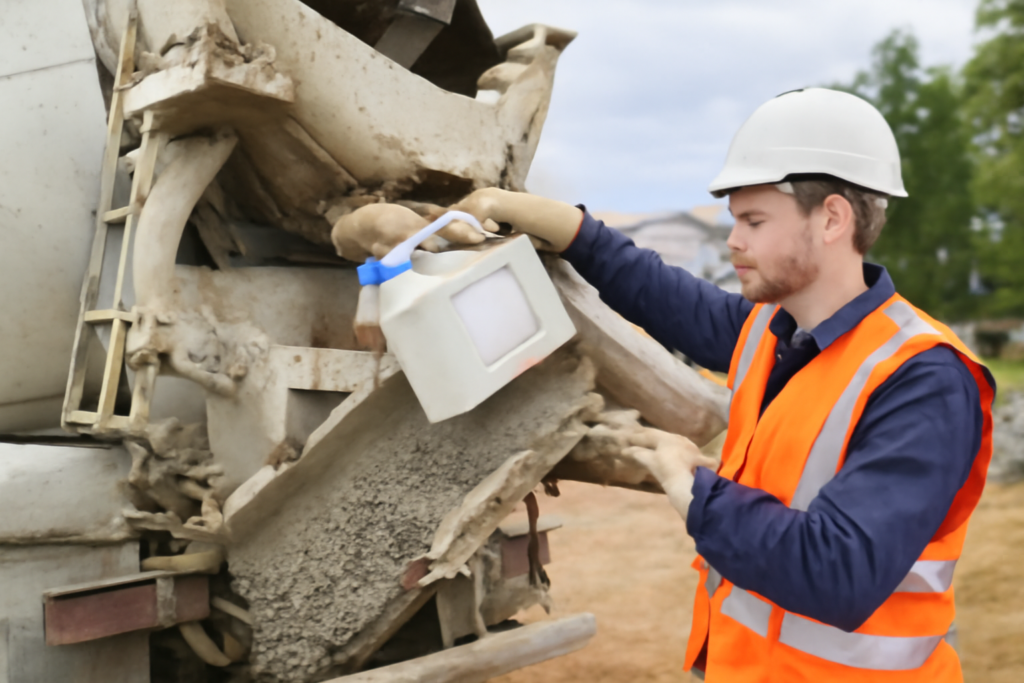
The timing of accelerator addition requires careful consideration beyond simply when to add it during the mixing process. Based on my field experience supervising concrete pours in challenging conditions, I've found that both environmental factors and logistical considerations play crucial roles in this decision.
Ambient temperature should be your primary guide for timing accelerator use. In my practice, I follow these temperature-based guidelines:
-
Below -5°C (23°F): Always use accelerators, combined with heated water and aggregates
-
-5°C to 5°C (23°F to 41°F): Use accelerators for most structural applications
-
5°C to 10°C (41°F to 50°F): Use accelerators when early strength is required
-
Above 10°C (50°F): Reserve accelerators for special cases requiring rapid setting
Transport time between batching and placement significantly impacts accelerator timing. For ready-mix concrete with delivery times exceeding 30 minutes, adding accelerators at the job site rather than at the batch plant prevents premature stiffening. I've saved numerous concrete loads by having the accelerator added on-site after the truck's arrival rather than at the plant.
Construction scheduling demands often dictate accelerator use. When facing tight formwork rotation schedules, accelerators should be incorporated even in moderate temperatures to achieve overnight strength development. On a time-sensitive hospital project, we maintained 24-hour form rotation cycles by using accelerators despite favorable temperatures.
Weather forecasts should influence accelerator decisions. If temperatures are expected to drop below freezing within 24 hours of placement, accelerators provide insurance against freeze damage during the critical early hydration period. I always check extended forecasts before deciding on accelerator use.
For repair applications where service must be restored quickly, accelerators should be incorporated regardless of temperature. When repairing water-retaining structures that need to return to service rapidly, accelerators enable setting and initial curing in hours rather than days.
The concrete element's mass-to-surface ratio also affects timing decisions. Thin sections with high surface area (slabs, walls less than 20cm thick) cool more rapidly and benefit from accelerators in marginally cold weather, while massive elements with lower surface-to-volume ratios generate and retain enough heat to set adequately without acceleration in the same conditions.
How Much Accelerator to Add to Concrete?
Miscalculating accelerator dosage could destroy your entire concrete batch. Too little won't provide the needed acceleration while overdosing can cause flash setting, excessive heat generation, and significant strength loss.
Typical accelerator dosage ranges from 1-2% of cement weight for chloride-based types, 1-3% for non-chloride types2, and 3-8% for shotcrete accelerators. Always follow manufacturer recommendations, conduct trial batches, and adjust based on temperature (higher dosages for colder conditions, lower for warmer).
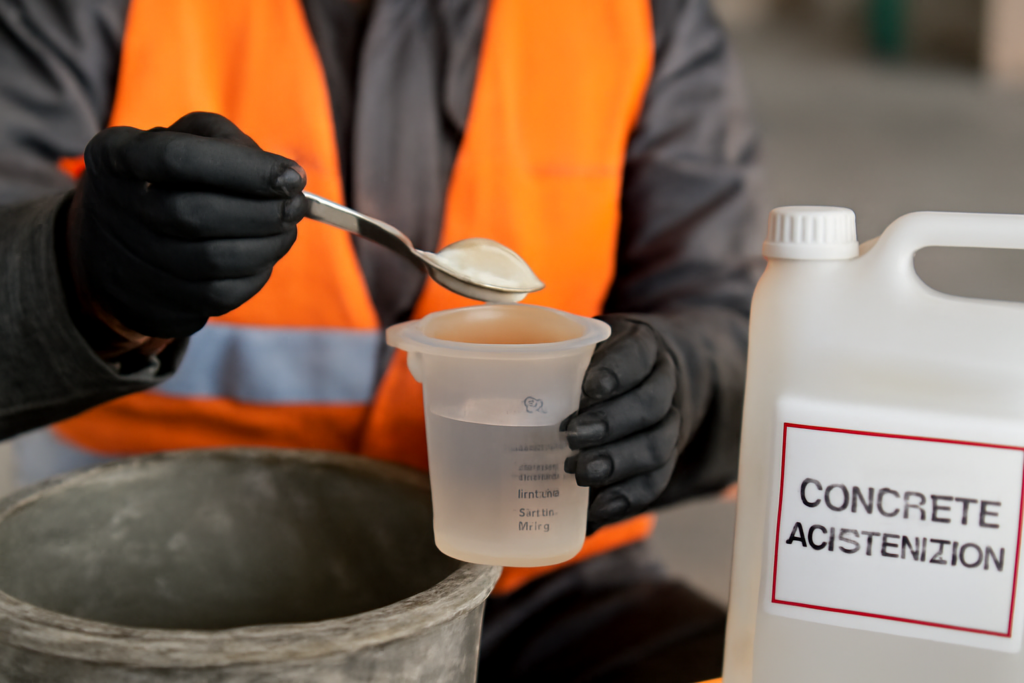 "Precise measurement of concrete accelerator dosage")
"Precise measurement of concrete accelerator dosage")
Determining the optimal accelerator dosage requires balancing multiple variables, and precision is essential. Throughout my years managing concrete operations, I've developed systematic approaches to dosage calculation that account for both technical requirements and field realities.
Temperature-based dosage adjustment is fundamental to effective accelerator use. For every 5°C (9°F) drop in temperature below 20°C (68°F), I typically increase accelerator dosage by approximately 15-25%, always staying within manufacturer limits. For example, a project that requires 1% calcium chloride at 10°C might need 1.3-1.5% at 5°C.
The concrete mix design itself influences dosage requirements. Higher cement content mixes (400+ kg/m³) generally require proportionally less accelerator per cubic meter than leaner mixes. However, mixes with supplementary cementitious materials like fly ash or slag often require increased accelerator dosages to achieve the same acceleration effect - sometimes up to 30% more than standard mixes.
Element thickness significantly impacts dosage decisions. For thin sections (walls under 20cm thick, slabs under 15cm), I often use the higher end of
Element thickness significantly impacts dosage decisions. For thin sections (walls under 20cm thick, slabs under 15cm), I often use the higher end of the recommended dosage range because these elements lose heat rapidly. For massive concrete elements like thick foundations or large columns, I use more conservative dosages to prevent excessive heat generation and potential thermal cracking.
Dosage precision is critical - even small errors can have significant consequences. For liquid accelerators, I insist on proper measuring equipment rather than "eyeballing" the amount. For powdered products, pre-weighing and packaging in individual batch-sized portions helps ensure consistency across multiple concrete loads. This is especially important for smaller projects where batching equipment may be less sophisticated.
Testing is indispensable when determining optimal dosages. I always recommend preparing test cylinders with various accelerator dosages (typically three levels within the manufacturer's range) when working with a new mix design or in unusual temperature conditions. Breaking these cylinders at early ages (12, 24, and 48 hours) provides valuable data on the accelerator's effectiveness at different dosages.
Below is a general dosage guideline I've developed based on my field experience:
| Temperature Range | Chloride-Based | Non-Chloride | Alkali-Free (Shotcrete) |
|---|---|---|---|
| 10°C to 15°C (50-59°F) | 1.0% | 1.0-1.5% | 3-4% |
| 5°C to 10°C (41-50°F) | 1.5% | 1.5-2.0% | 4-5% |
| 0°C to 5°C (32-41°F) | 2.0% | 2.0-2.5% | 5-6% |
| -5°C to 0°C (23-32°F) | 2.0% max | 2.5-3.0% | 6-8% |
| Below -5°C (23°F) | Not recommended alone | 3.0% with heating | 8% with heating |
Best Practices for Effective Use of Accelerators in Concrete?
Improper use of accelerators can lead to concrete failure and structural damage. Without following best practices, you risk inconsistent setting, inadequate strength development, and potentially dangerous performance issues in your finished structure.
For effective use of concrete accelerators: perform trial mixes, consider temperature effects, ensure proper mixing, avoid exceeding maximum dosages, protect fresh concrete from freezing, test early strength development, coordinate with other admixtures, and maintain proper curing practices even with accelerated setting.
Based on my decades of experience with accelerated concrete in challenging conditions, I've developed a comprehensive set of best practices that ensure successful outcomes. These guidelines have helped me avoid costly mistakes and achieve reliable results across hundreds of projects.
Pre-Construction Planning
Always conduct trial batches before the actual pour, especially when working with unfamiliar accelerator products or in extreme temperatures. These trials should closely simulate field conditions and include strength testing at the ages critical for your construction schedule. During a high-rise project in Canada, our pre-construction trials revealed that we needed to adjust our accelerator type when temperatures dropped below -10°C, saving us from potential failures.
Mixing Considerations
Proper mixing is essential for uniform distribution of accelerators. For ready-mix applications, I recommend a minimum of 70 revolutions at mixing speed after adding the accelerator. For site-mixed concrete, ensure at least 3-5 minutes of thorough mixing. Uneven distribution can result in concrete with variable setting times and strength development, leading to quality issues and potential structural weaknesses.
Temperature Management
Never rely solely on accelerators in extremely cold weather. I always implement a comprehensive cold-weather concreting plan that includes:
- Heating mix water to 60-70°C (140-158°F)
- Using warm aggregates when possible
- Protecting freshly placed concrete with insulating blankets or heated enclosures
- Monitoring concrete temperature with embedded thermocouples
During a winter bridge deck placement, we maintained concrete temperature above 10°C for 72 hours using a combination of accelerators, heated enclosures, and continuous temperature monitoring, ensuring proper strength development despite ambient temperatures of -15°C.
Admixture Compatibility
Coordinate accelerators with other admixtures in your mix. Some water reducers, particularly those based on naphthalene or melamine, can interact negatively with certain accelerators. I always check with the admixture manufacturer regarding compatibility and proper sequencing of admixture addition. When using multiple admixtures, I add accelerators last to prevent premature reaction with other components.
Quality Control
Implement rigorous quality control procedures when using accelerators:
- Test early-age strength development (6, 12, and 24 hours) using field-cured cylinders or maturity meters
- Monitor setting time using penetration resistance methods
- Verify final 28-day strengths to ensure accelerators haven't compromised long-term performance
On critical infrastructure projects, I've used maturity monitoring systems that provide real-time strength data, allowing for precise timing of formwork removal and post-tensioning operations.
Curing Practices
Even with accelerated setting, proper curing remains essential. Accelerated concrete can be particularly susceptible to plastic shrinkage cracking due to rapid water consumption during accelerated hydration. I ensure:
- Immediate application of curing compounds or wet curing methods
- Extended curing periods in proportion to cement type and environmental conditions
- Protection from rapid temperature changes, especially during the first 24 hours
By implementing these best practices, I've successfully placed and cured accelerated concrete in environments ranging from desert heat to arctic cold, achieving consistent quality and performance regardless of conditions. The key is understanding that accelerators are just one tool in your concrete technology toolkit - they must be used as part of a comprehensive approach to concrete production and placement.
Conclusion
Concrete accelerators are essential admixtures that speed up setting time and strength development, enabling cold-weather construction and tight project schedules. Choosing the right type, dosage, and application method ensures successful outcomes while avoiding potential pitfalls of improper use.
